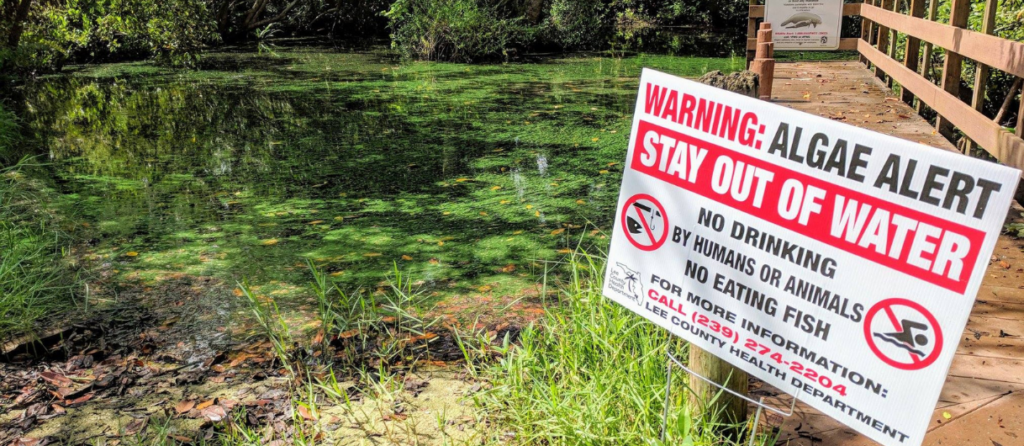Using tech to fight algae – so we don’t have to crack down on polluters
Using tech to fight algae – so we don’t have to crack down on polluters

Another day, another “technological” fix for Florida’s dirty water.
Today’s news story comes to you from the Indian River Lagoon, where Florida Today recently reported on how attempts to “harvest” harmful algae via a floating barge could make the lagoon healthier.
A company called AECOM is using almost $1 million in state grant money to draw water from the brackish lagoon into machinery atop the barge. There “an advanced separation process involving tiny ‘nanobubbles’… efficiently removes algae and other suspended particles along with associated nutrients from the water,” according to the Florida Today report.
The barge is “sort of like a roving water treatment plant” and can be dispatched to hot spots around the lagoon. The technology’s been tested in fresh water but is comparably untested in brackish water, like the lagoon — though “similar algae-harvesting efforts skimmed guacamole-like algae from waters in Martin County in 2018,” Florida Today noted.
All well and good; in the fight against toxic algae we’ll take all the weapons we can get.
Algae “harvesting,” chemical treatments — as we and others have explored in depth — and other “innovative technologies” are increasingly being identified, funded and used throughout the state. Some of these approaches may work wonders; some may wind up being little more than snake oil; and others could do more harm than good — that’s been a big worry about the chemical treatments used to fight algae blooms.
But even as we look to big tech to save us, the sharpest arrow we have sits unused in the quiver.
Florida is doing little to stop pollution at the source. Most recommendations of the Blue-Green Algae Task force continue to be ignored. Agriculture — by far the biggest source of pollution in many impaired basins — continues to enjoy a “presumption of compliance” when adopting best management practices, the state does little testing to verify those BMPs are reducing pollution as they should.
Polluting industries continue to wield enormous influence in Tallahassee, distributing insane amounts of “dirty money” to the dirty politicians who then do their bidding — resulting in dirty water.
Our legislative leading lights don’t want to stand up to those special interests. The checks would stop coming. Things might get… unpleasant.
So “innovative technologies” designed to clean up our water after it’s already been polluted is the politically easy way forward. And then of course our leaders crow about how much they’ve done for the cause of clean water.
Next time that happens, you might ask what they’ve done to tackle pollution at the source. If they hem and haw, stammer and stutter, you’ll know the answer is: Not much.
Maybe you can talk some sense into them.
Or maybe it’s time for new legislators who realize high tech isn’t going to solve all our problems — and that the longer it takes to recognize this, the worse our problems will get.


